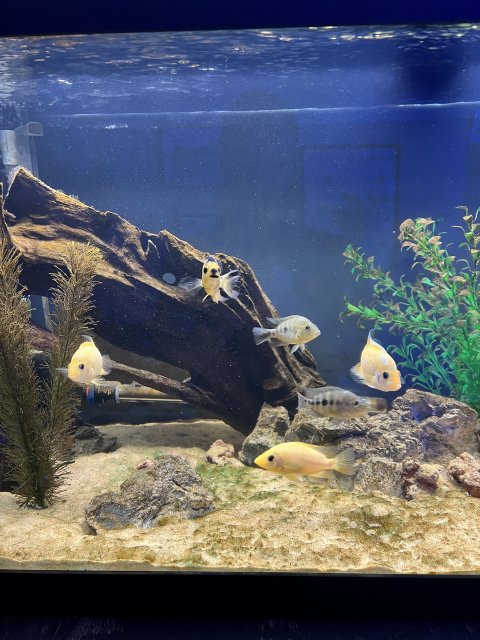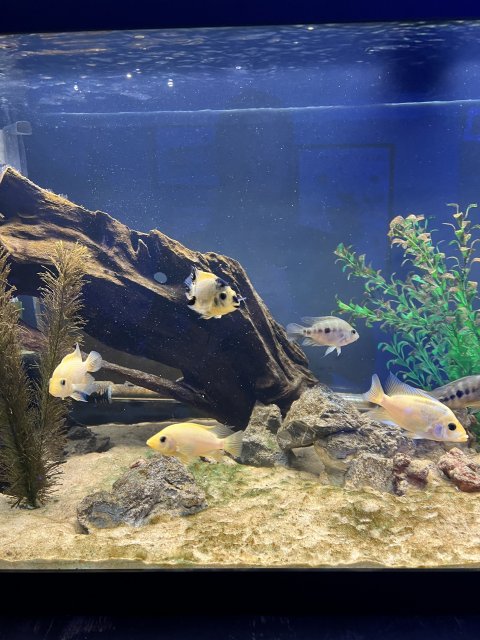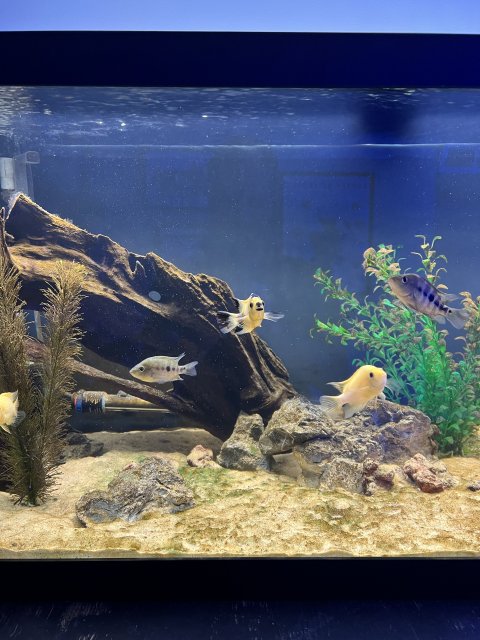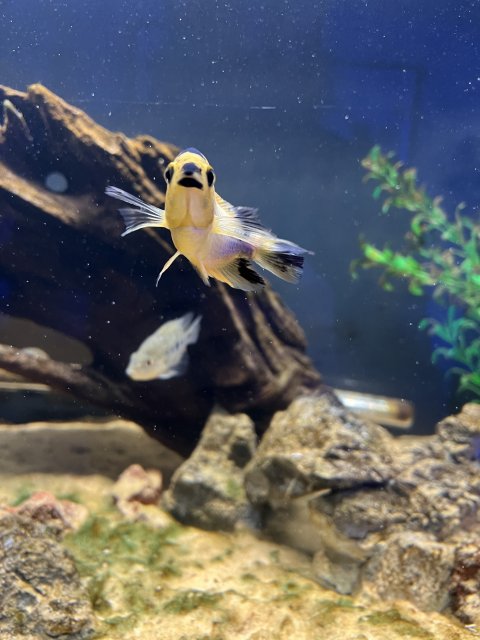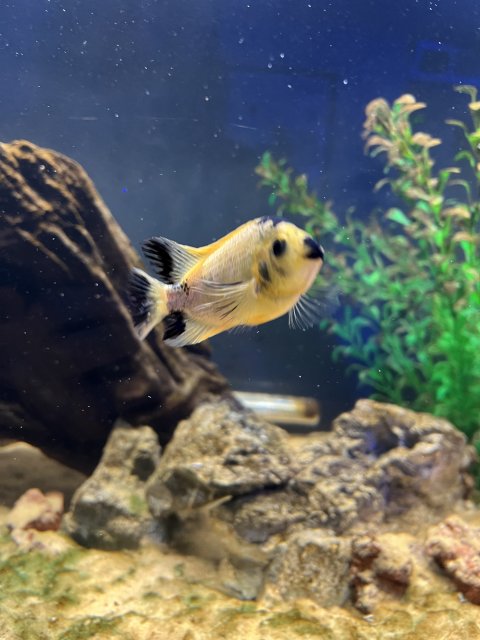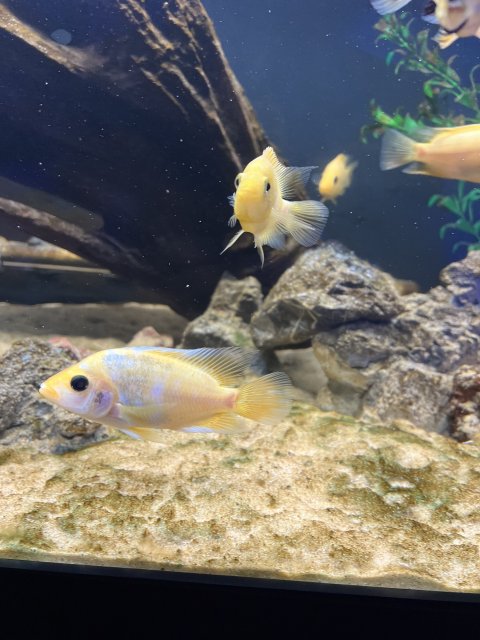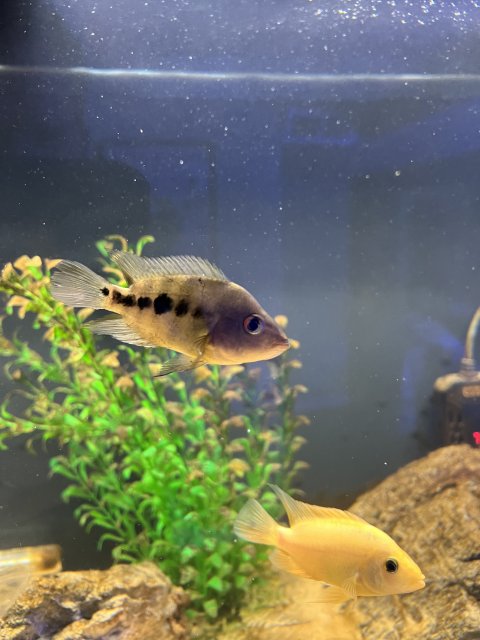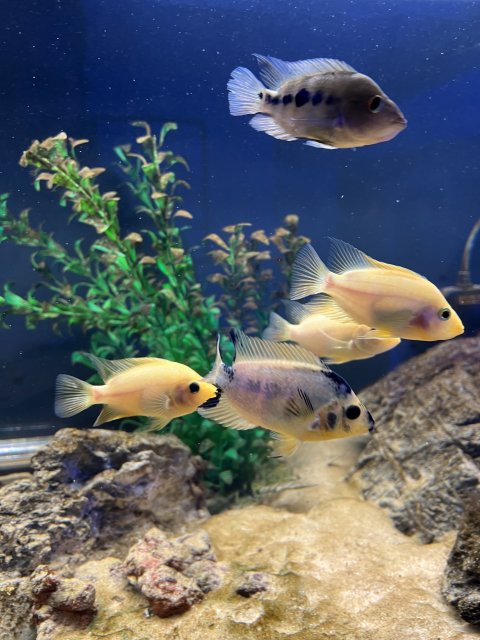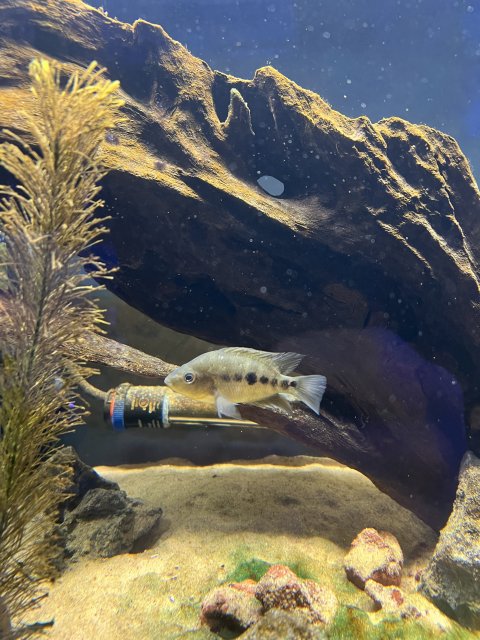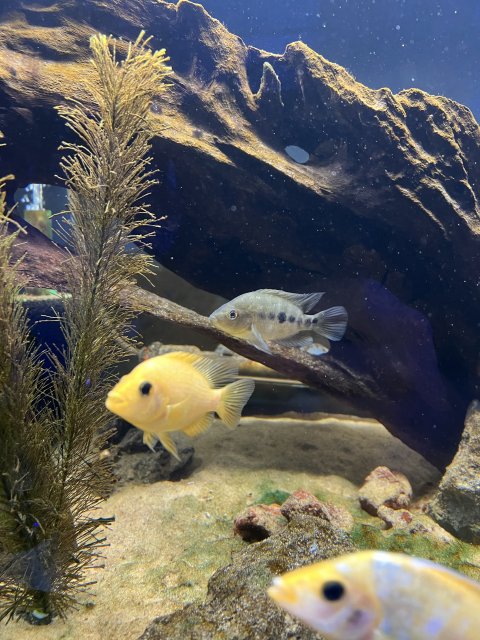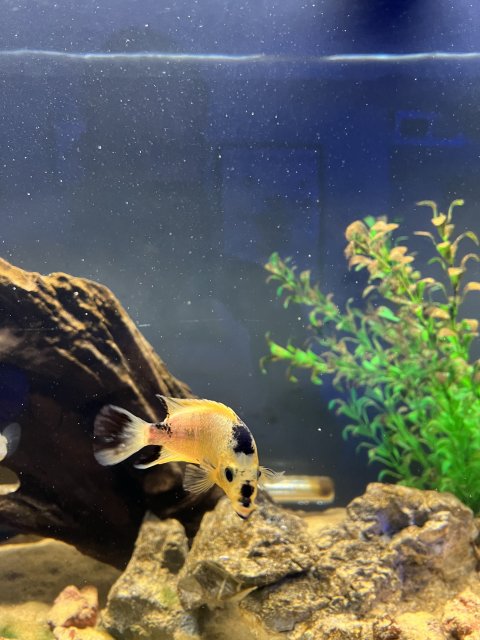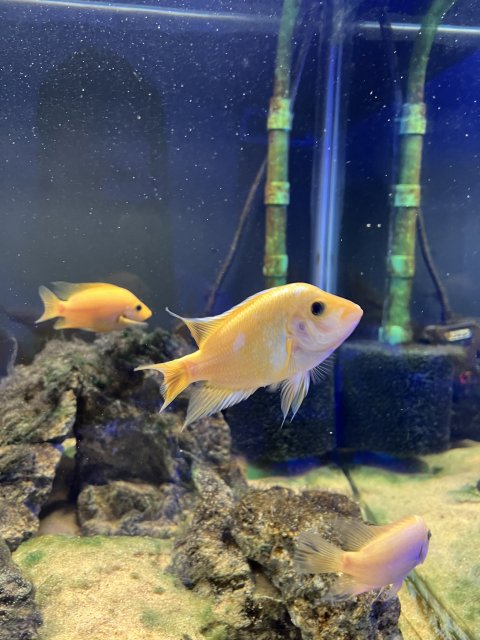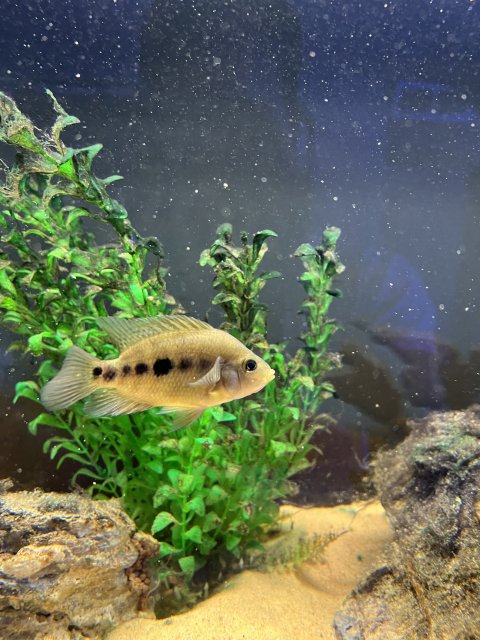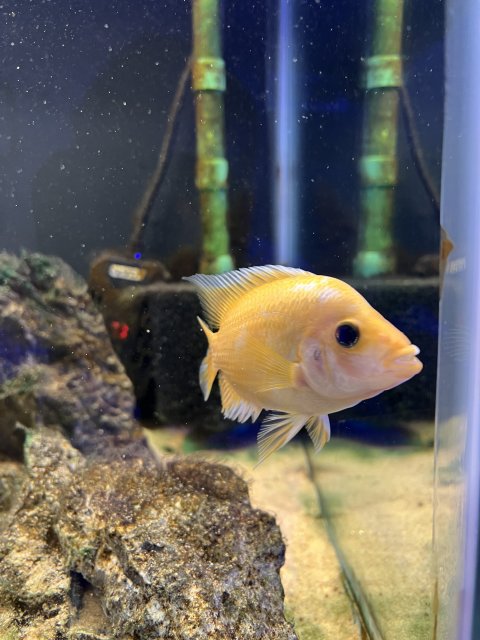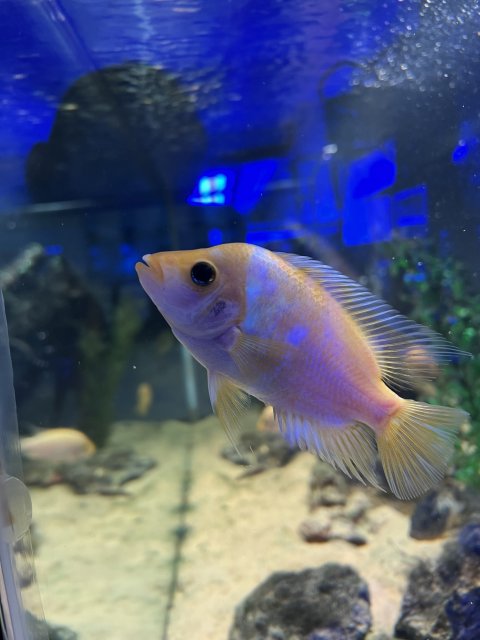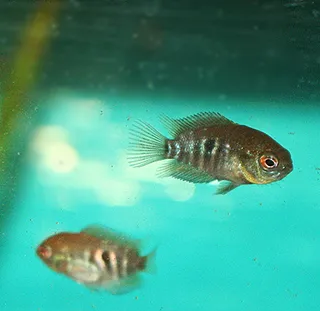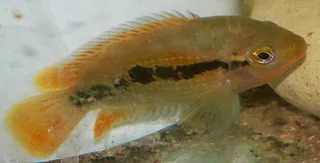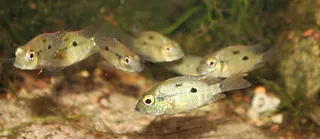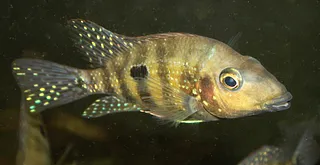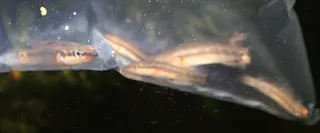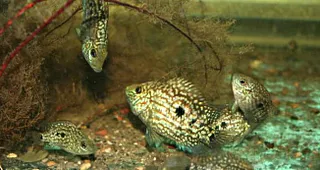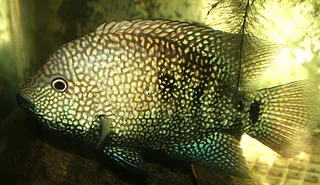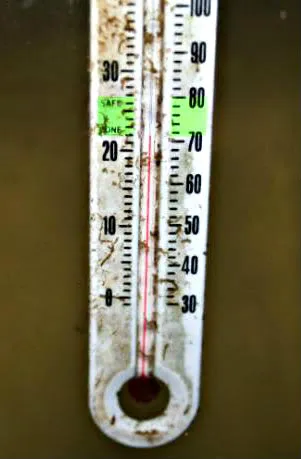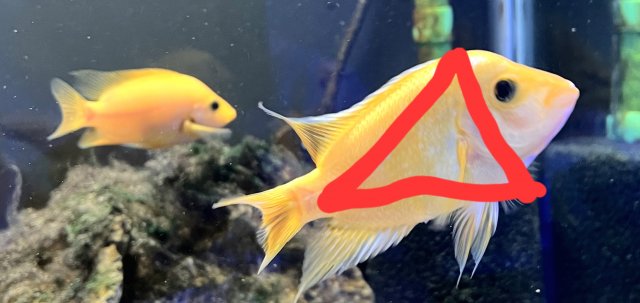Wow amazing fish! That’s really impressive growth for a little over a year too.
Still have all seven right now and they’re doing well. Eating a ton and one Is becoming more interactive than the others. Comes right up to the glass and follows me back and forth when walking by the tank. Even if the lights out and it’s dark.
Going through some diatom blooms so increasing water changes and added some floating plants, just to see if it helps. Biweekly water changes, nitrate under 10.
Still have all seven right now and they’re doing well. Eating a ton and one Is becoming more interactive than the others. Comes right up to the glass and follows me back and forth when walking by the tank. Even if the lights out and it’s dark.
Going through some diatom blooms so increasing water changes and added some floating plants, just to see if it helps. Biweekly water changes, nitrate under 10.


